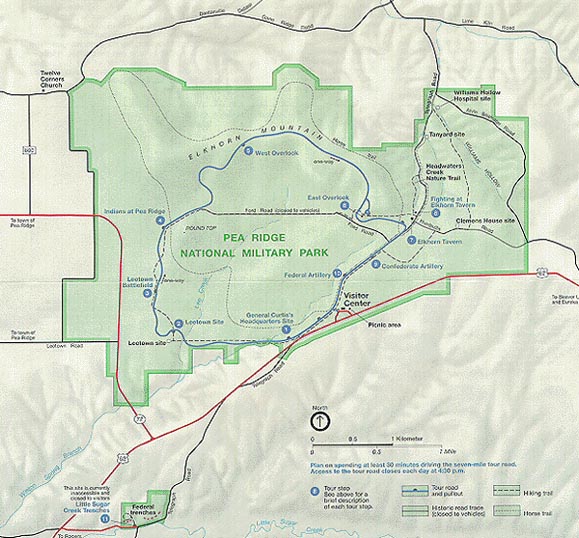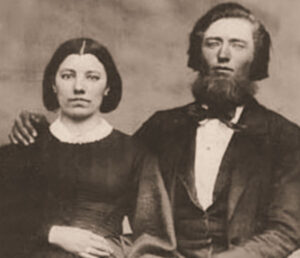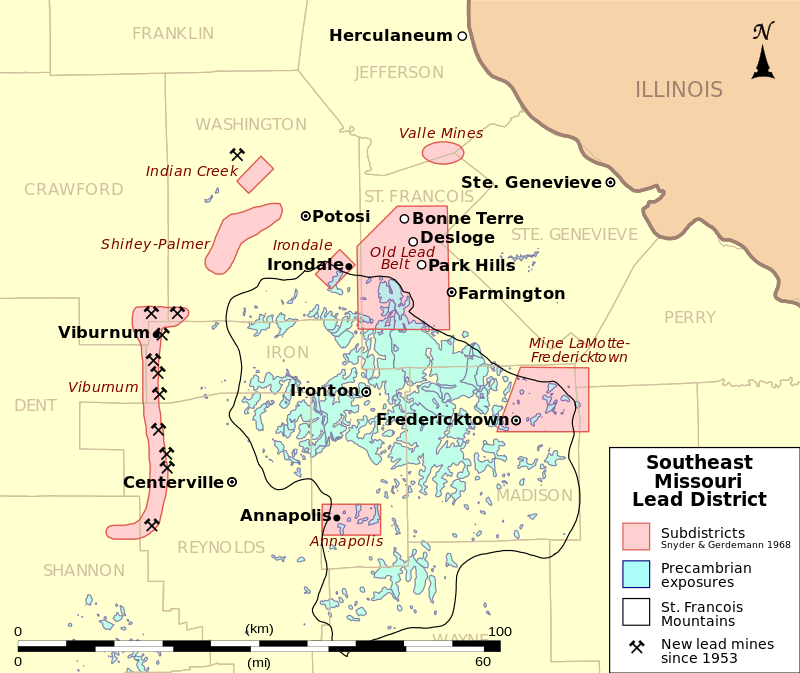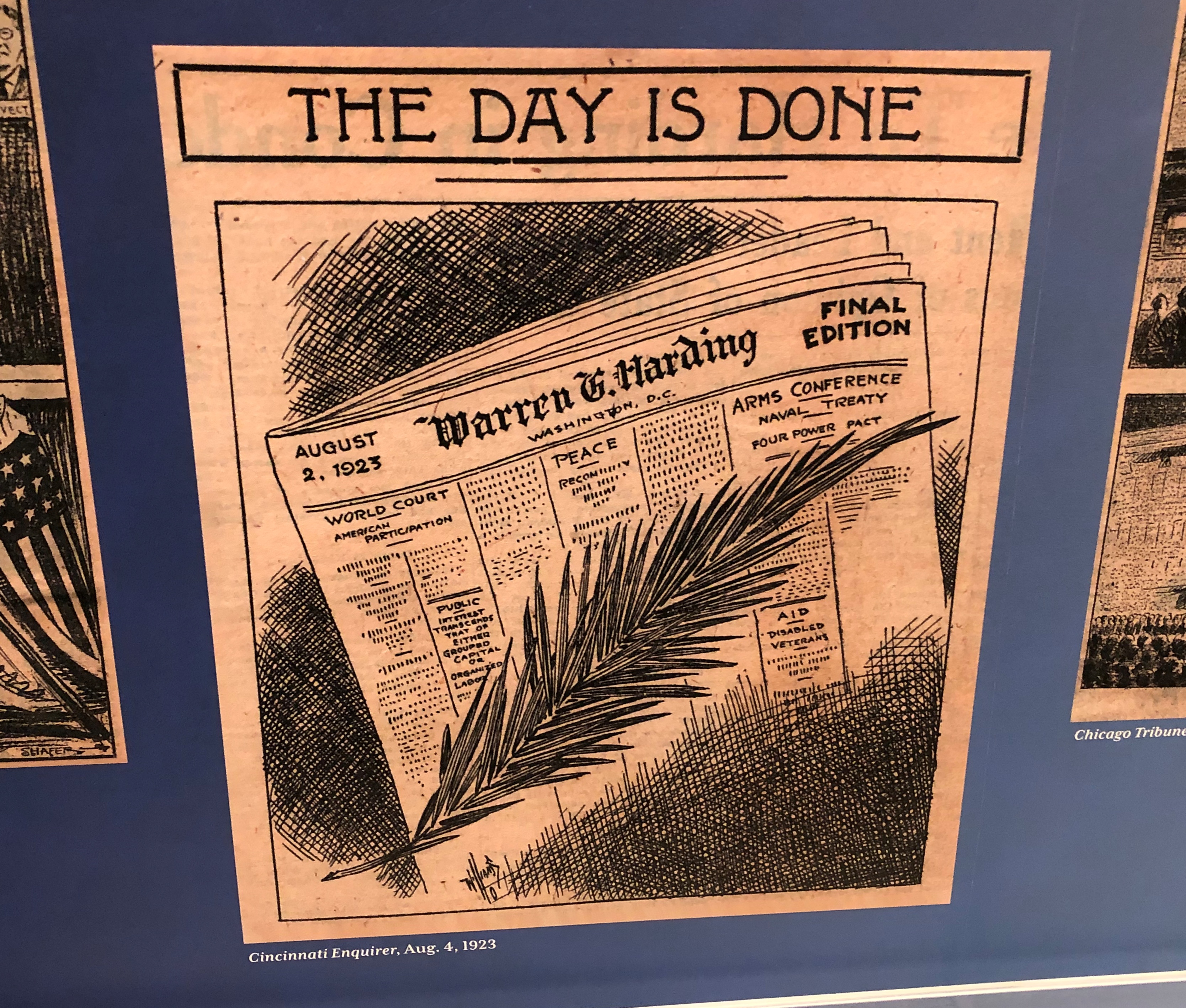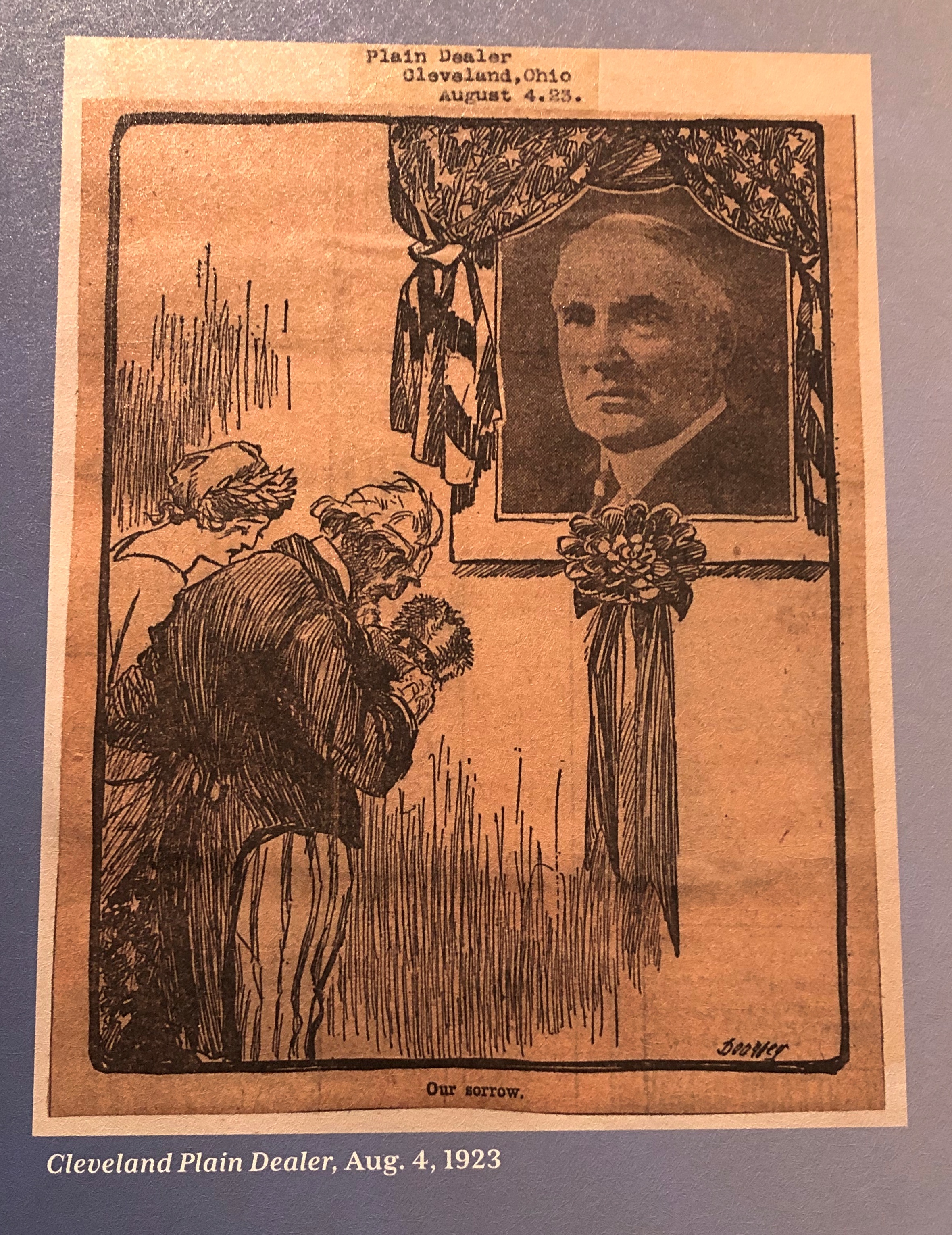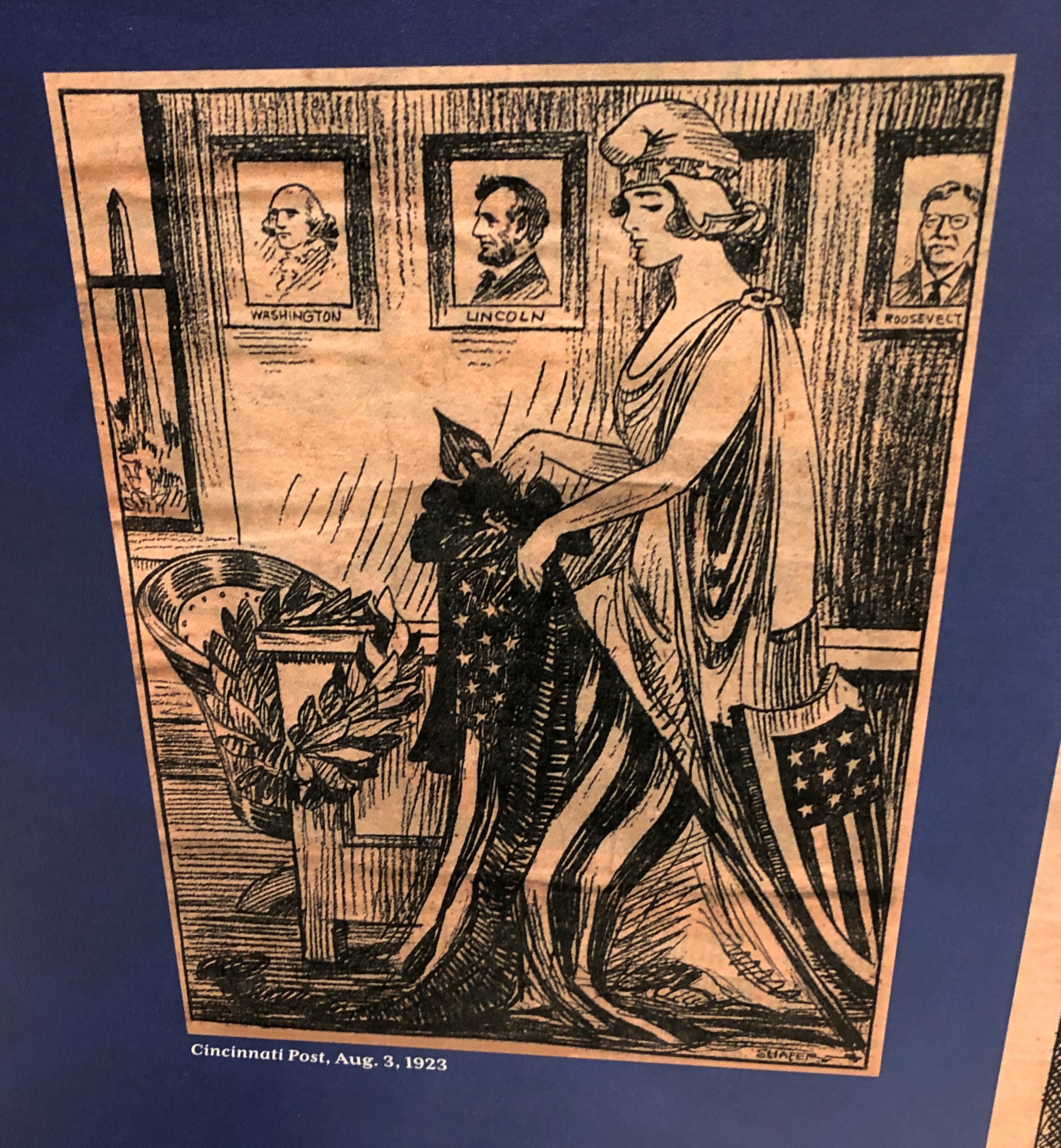When planning our most recent trip, devising its dumbbell structure of three days on the road, five in place, and four more on the road, it occurred to me that with a little southward jiggering from Dallas, we could visit Nacogdoches, Texas, one of the oldest towns in the state, rife with history: home to prehistoric Indian activity and the establishment of a Spanish mission in the 18th century, base of filibusters and other rebellions in the early 19th, mentioned famously in a late John Wayne movie, and much more.
All that would have been a reason to come, but mainly I wanted to visit my old friend Kirk, resident of the town for nearly 40 years. We hung out mostly in high school, but had known each other as far back as elementary school, ca. 1970.
In exchanging text messages ahead of the visit, we couldn’t remember the last time we’d seen each other, but finally decided, once Yuriko and I met Kirk and his wife Lisa at their home for lunch on April 13, that it was probably in April 1986 at the wedding of a mutual friend of ours in Austin.
That’s a long time. We had a good visit, a good reconnect – I find it good to reconnect – spending most of the afternoon with them, hearing about life in Nacogdoches, his medical practice there, their raising six children, all grown.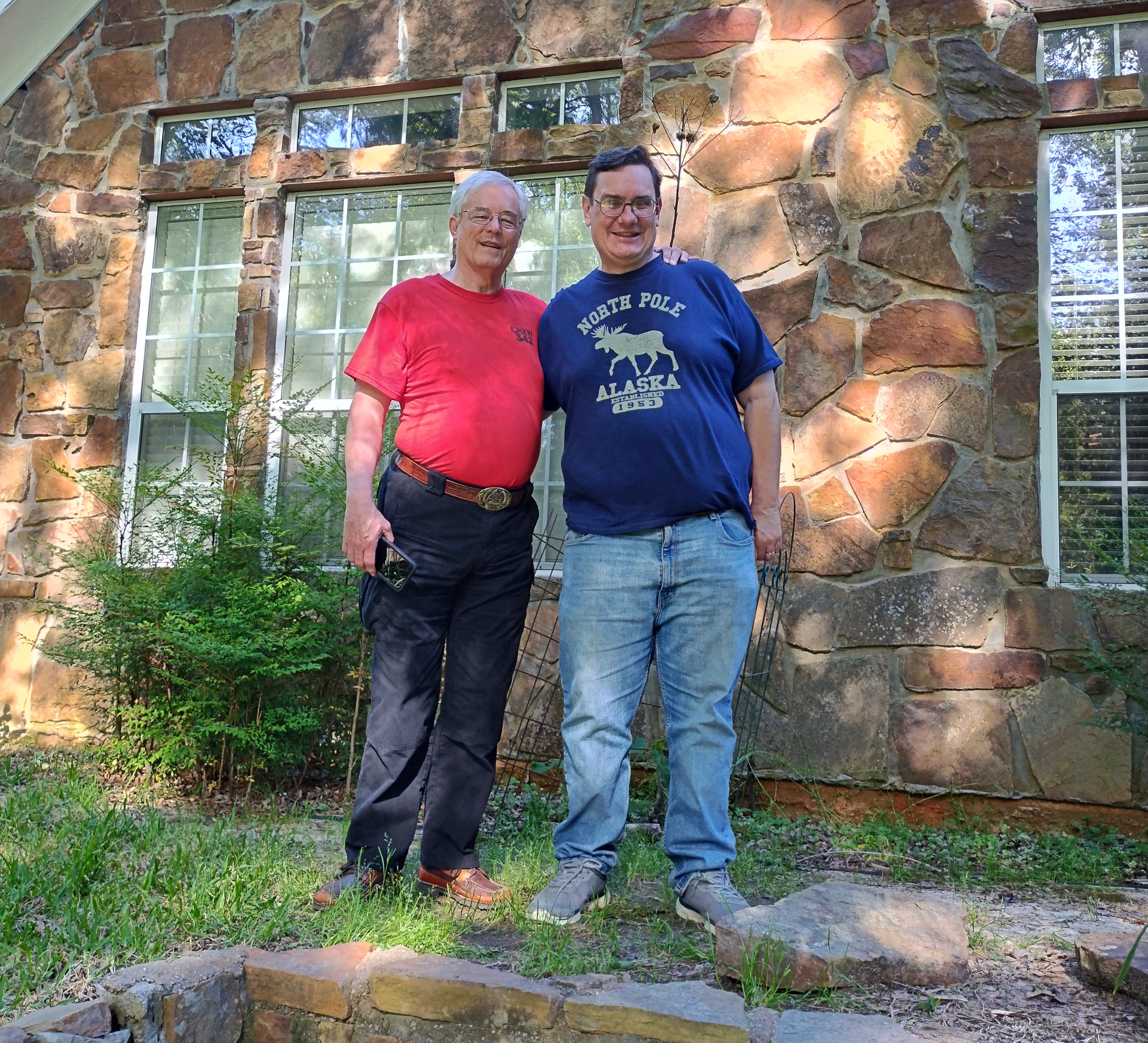
Later in the day, Yuriko and I spent a little time in downtown Nacogdoches, which offers a more sizable square than most towns, even in Texas, handsome on the whole, with a scattering of specialty retail in the area, but mostly still professional services, city government offices and other utilitarian activities.
Mural detail a block from the square, facing a parking lot.
We arrived during the 12th annual Nacogdoches Wine Swirl, just by raw chance. I’d never heard of a “wine swirl.” The brick streets around what I took to be the courthouse were closed to cars. People clustered here and there and lined up for wine.



The square doesn’t surround a courthouse, but rather a former federal building, now the Charles Bright Visitors Center. Nearby is “The Gateway,” depicting doughty American pioneers traveling the Old San Antonio Road into Texas, a fairly recent work (2013) of Michael Boyett.
“The ticketed wine event will showcase Texas wineries and local and regional food trucks and shopping vendors along the historic brick streets,” Visit Nacogdoches says regarding the event. More marketing at work, with the goal of furthering Nacogdoches as a day-trip town.
That Texas has wineries is not news. I went with Jay to visit one of the earlier ones in the Hill Country in the mid-70s. But did Central Texas wine makers come all the way to Nacogdoches to sell their wares? Further investigation tells me there’s an established wine-growing biz in East Texas.
“But, what if I were to tell you that East Texas has over 30 wineries and vineyards just waiting to be explored?!” Totally Texas Travel breathlessly says. Even if that isn’t the precise number, I’ll take even a paid travel site as a reasonable source the existence of wineries here.
Moreover, there’s a marketing invention called the Piney Woods Wine Trail.
The Piney Woods Wine Trail? In East Texas? That goes against stereotype, and I won’t have it. They make (and drink) either beer (domestic beer, closer to Texas-made the better) or hard liquor, the closer to homemade the better. That’s what I get for traveling into East Texas, a busted stereotype.

